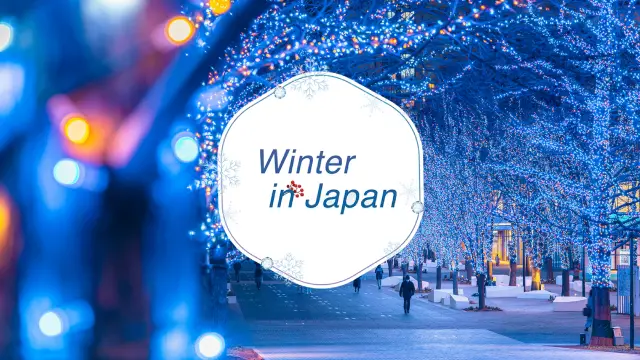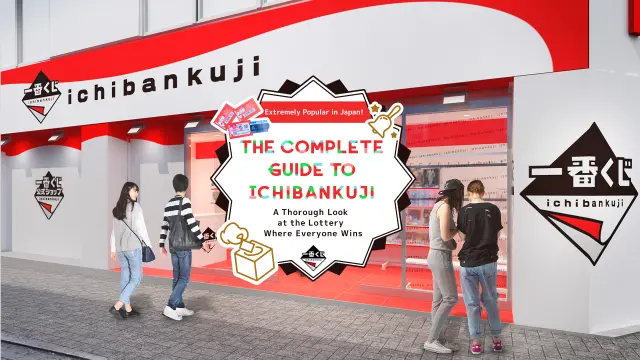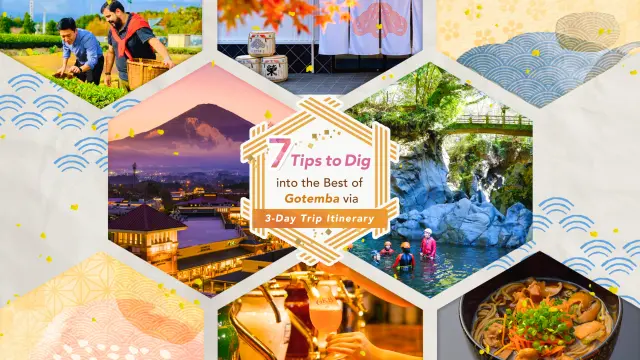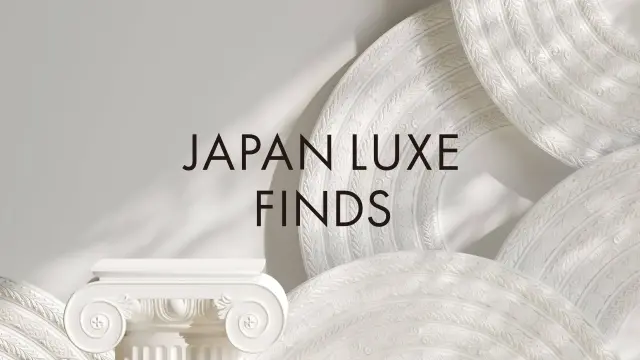In the latter half of the 13th century, Emperor Kameyama, who had defeated the Mongols (Yuan) twice, became the Pope and made the temple the first imperial temple in Japan as a Zen temple. After the main temple complex was built by Norian Soen, it was succeeded by Issan Ichinei, a high priest who was dispatched to Japan as an envoy of the Gen.
Most of the buildings that remain today were built in the Edo period or later. The Hojo, which is a national treasure, was built by Toyotomi Hideyoshi in the Kyoto Imperial Palace and moved to the Edo period. It is famous for its gorgeous barrier paintings typical of Momoyama art by the Kano school, sculptures by Hidari Jingoro, and a stone garden by Kobori Enshu. The Sanmon gate was reconstructed by Todo Takatora in the early Edo period, and appears in the Kabuki play "Roumon Gosangiri".
In addition to the statues of Shakyamuni and the Sixteen Arhats, there are also magnificent ceiling paintings by Kano Tanyu. The Suido-kaku, located between the Nanzen-in and Hojo gardens, is a waterway bridge that was built in consideration of the surrounding landscape to allow the Lake Biwa Canal to pass through the temple grounds during the Meiji era.
Highlights
-
The Hojo, lined with artifacts from the Momoyama period.
-
On the upper floor of the three gates, called Gohoro, there are statues of Sakyamuni, Arhat, Tokugawa Ieyasu and Todo Takatora.
-
Nanzen-in Temple's circular garden dates back to the Kamakura period. It is the oldest in Kyoto. It is said to have been created by Emperor Kameyama.
-
A waterway pavilion with a series of brick arches
-
Ceiling painting by Keinen Imao in the Buddhist temple rebuilt in the early Meiji era.
































